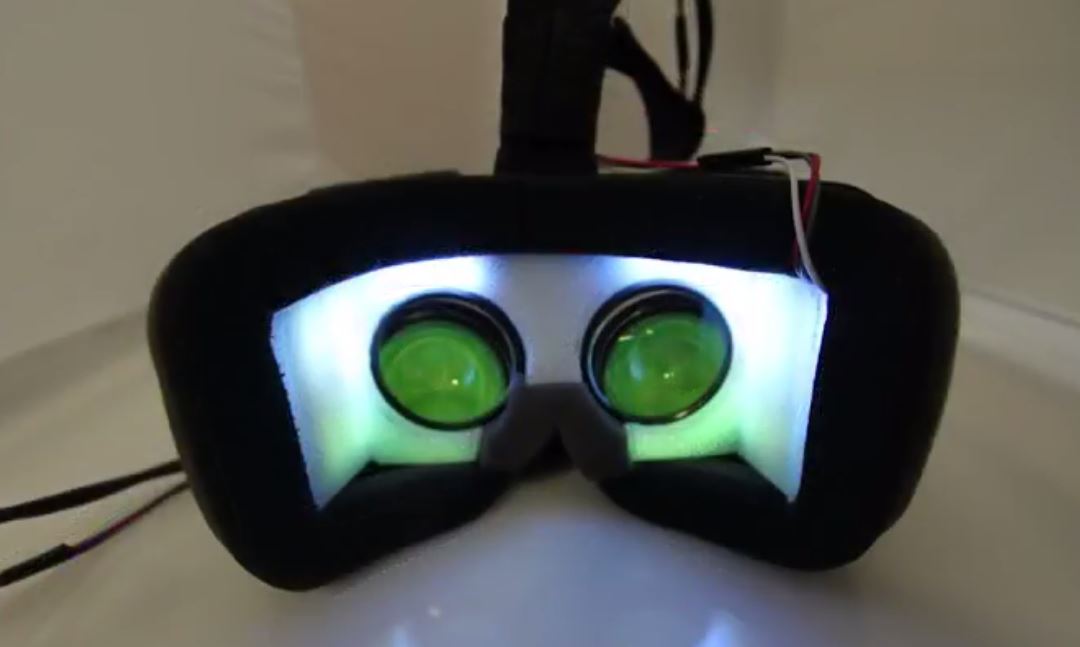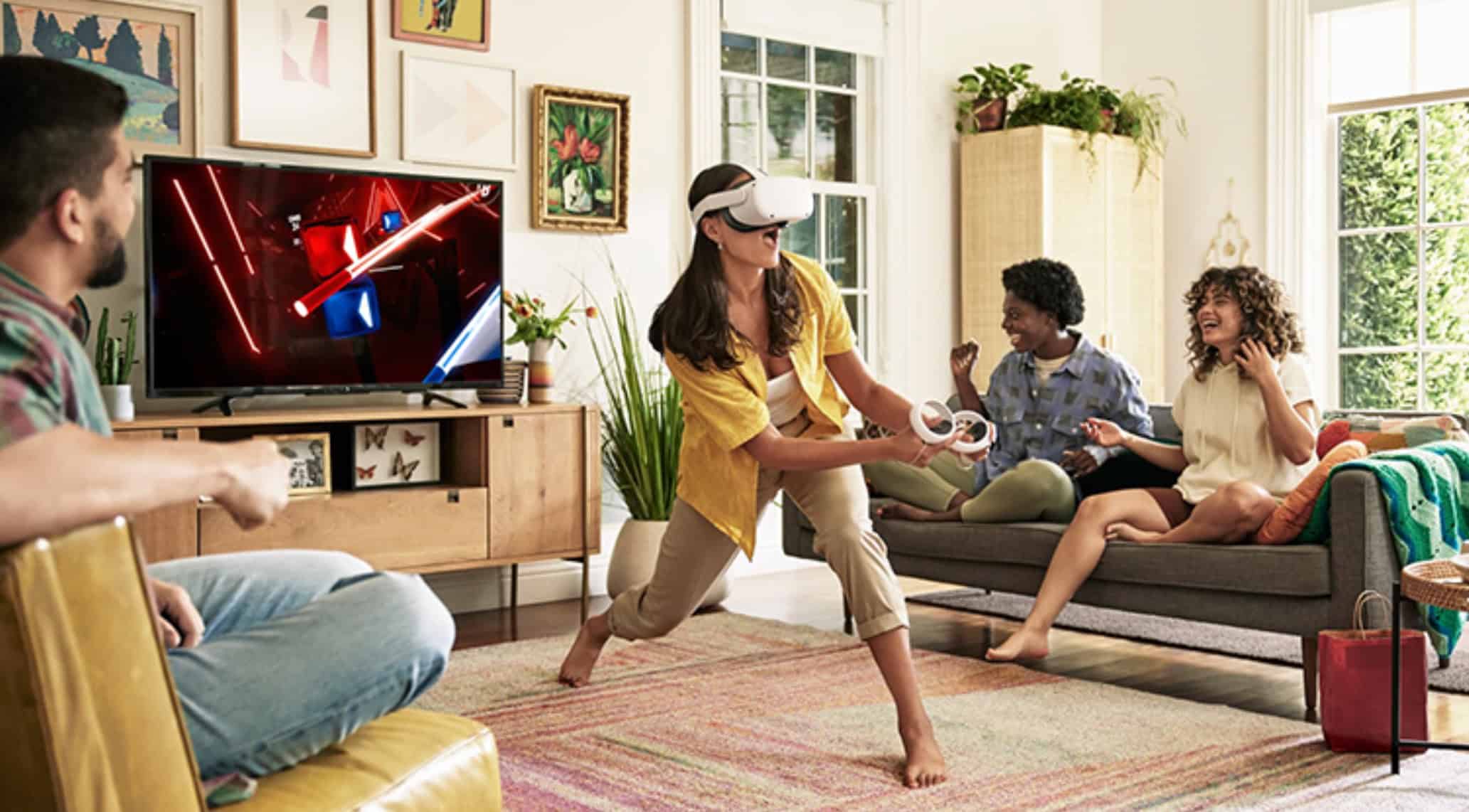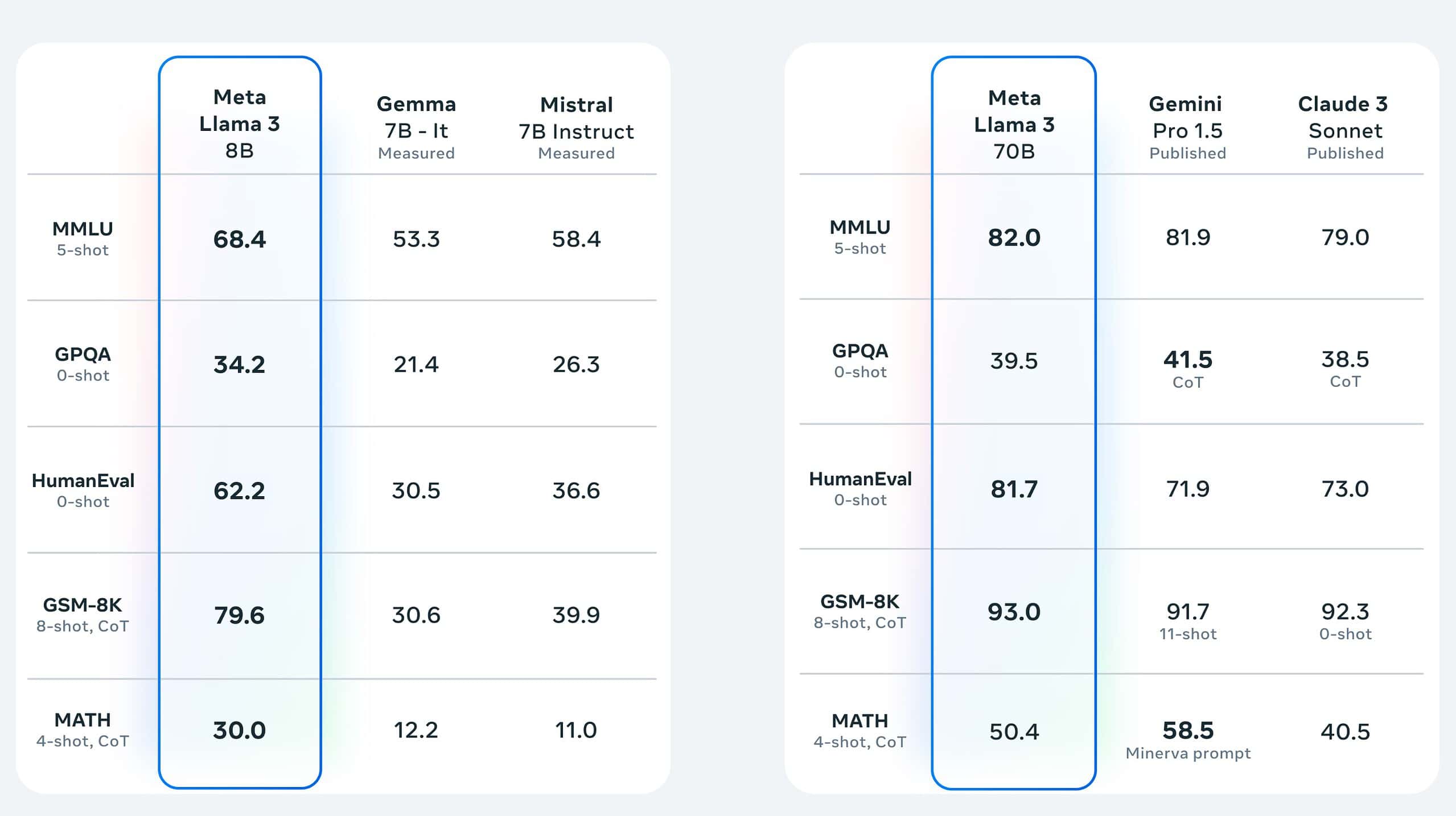Microsoft Research's new project aims to improve Field-of-View of AR and VR Displays
2 min. read
Published on
Read our disclosure page to find out how can you help MSPoweruser sustain the editorial team Read more

When you talk to anyone who tried Microsoft HoloLens, their only concern about the device is its field-of-view. At ACM CHI 2016, a top conference for Human-Computer Interaction, Microsoft Research presented a paper titled “Augmenting the Field-of-View of Head-Mounted Displays with Sparse Peripheral Displays.” In that paper, they are exploring the concept of a sparse peripheral display, which augments the field-of-view of a head-mounted display with a lightweight, low-resolution, inexpensively produced array of LEDs surrounding the central high-resolution display. Basically, the user will feel that the device has a larger FoV than its original FoV.
Using SparseLightVR, we conducted a user study to evaluate the utility of our implementation, and a second user study to assess different visualization schemes in the periphery and their effect on simulator sickness. Our findings show that sparse peripheral displays are useful in conveying peripheral information and improving situational awareness, are generally preferred, and can help reduce motion sickness in nausea-susceptible people.
Microsoft Research claims that these sparse peripheral displays can expand the available field-of-view up to 190º horizontal, nearly filling the human field-of-view. They prototyped two proof-of-concept implementations of sparse peripheral displays: a virtual reality headset, dubbed SparseLightVR, and an augmented reality headset, called SparseLightAR.
You can read more about this paper from ACM here.








